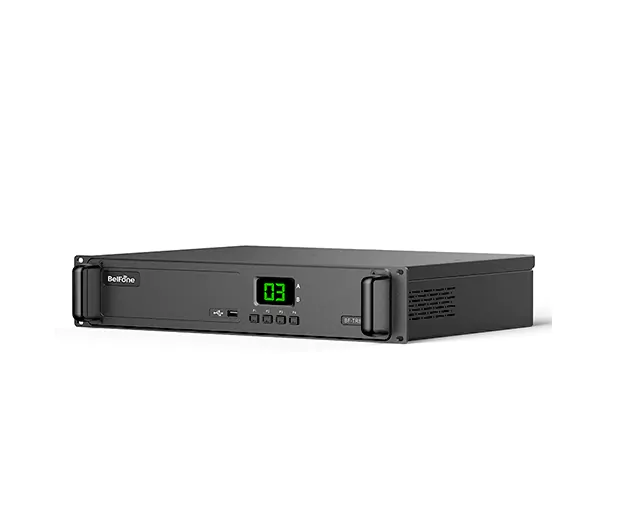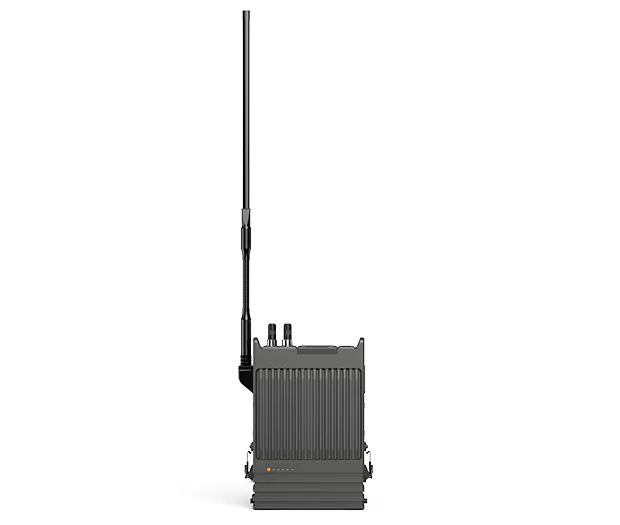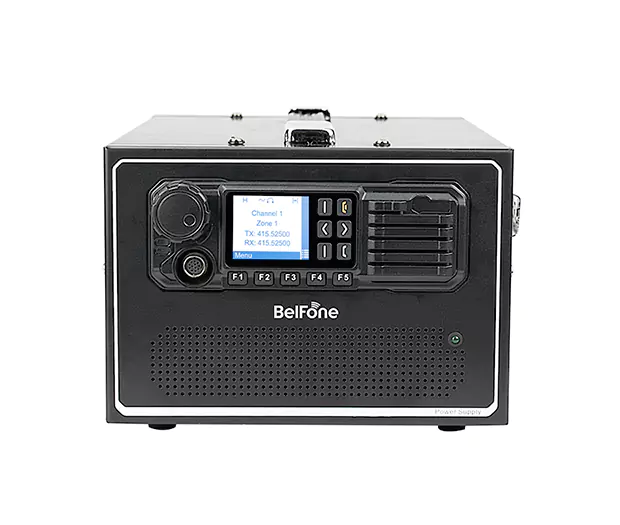The Core Functions of DMR Repeaters
release date:2025-09-28
Digital Mobile Radio (DMR) Repeaters are the backbone of efficient, long-distance digital communication systems, bridging gaps in signal coverage and enhancing communication reliability for both professional and recreational users. Unlike basic two-way radios that rely on direct “line-of-sight” transmission, DMR Repeaters act as signal amplifiers and relayers, unlocking capabilities that make digital radio networks far more versatile.
The primary function of a DMR Repeater is to overcome distance and terrain limitations. When a user’s radio transmits a signal, the repeater—typically mounted in high locations like towers, buildings, or hilltops—receives the weak or short-range signals, amplifies its power, and retransmits it on a different frequency. This turns a 1–5 km direct radio range into a 10–50 km (or more) coverage area, letting users communicate across valleys, urban skyscrapers, or large industrial sites where direct signals would fail.
DMR Repeaters support DMR’s native digital feature, including group calls and private calls. Group calls let multiple users (e.g., a team of firefighters or construction workers) communicate simultaneously, ensuring everyone receives critical updates. Private calls, by contrast, create secure one-on-one channels between specific users—ideal for sharing sensitive information (such as operational details or safety alerts) without disrupting the wider group.
As digital devices, DMR Repeaters minimize background noise and interference common in analog radio systems. They encode audio signals into digital data, which is less prone to static, fading, or cross-talk from other radio networks. Even in crowded frequency environments (like busy cities or industrial zones), the repeater ensures transmissions remain clear, reducing misunderstandings that could lead to errors or safety risks.
Beyond voice communication, DMR Repeaters can transmit digital data, enabling extra functions like GPS location sharing (letting teams track members’ positions in real time) and status updates (e.g., a worker sending a “safe” or “needing assistance” signal with a single button press). Some models also integrate with network management tools, allowing administrators to monitor repeater performance, track usage, or troubleshoot issues remotely.
Core Functions of DMR Repeaters
1. Extend Communication Range
The primary function of a DMR Repeater is to overcome distance and terrain limitations. When a user’s radio transmits a signal, the repeater—typically mounted in high locations like towers, buildings, or hilltops—receives the weak or short-range signals, amplifies its power, and retransmits it on a different frequency. This turns a 1–5 km direct radio range into a 10–50 km (or more) coverage area, letting users communicate across valleys, urban skyscrapers, or large industrial sites where direct signals would fail.
2. Enable Group and Private Communication
DMR Repeaters support DMR’s native digital feature, including group calls and private calls. Group calls let multiple users (e.g., a team of firefighters or construction workers) communicate simultaneously, ensuring everyone receives critical updates. Private calls, by contrast, create secure one-on-one channels between specific users—ideal for sharing sensitive information (such as operational details or safety alerts) without disrupting the wider group.
3. Enhance Signal Clarity and Reduce Interference
As digital devices, DMR Repeaters minimize background noise and interference common in analog radio systems. They encode audio signals into digital data, which is less prone to static, fading, or cross-talk from other radio networks. Even in crowded frequency environments (like busy cities or industrial zones), the repeater ensures transmissions remain clear, reducing misunderstandings that could lead to errors or safety risks.
4. Support Data and Auxiliary Features
Beyond voice communication, DMR Repeaters can transmit digital data, enabling extra functions like GPS location sharing (letting teams track members’ positions in real time) and status updates (e.g., a worker sending a “safe” or “needing assistance” signal with a single button press). Some models also integrate with network management tools, allowing administrators to monitor repeater performance, track usage, or troubleshoot issues remotely.
Technical support: Longcai Technology


















